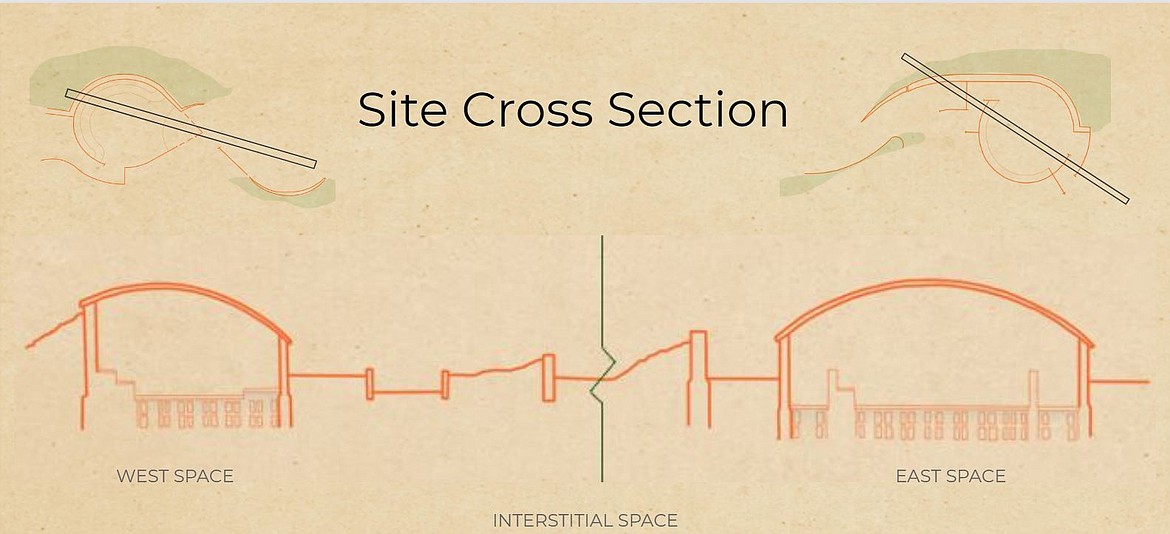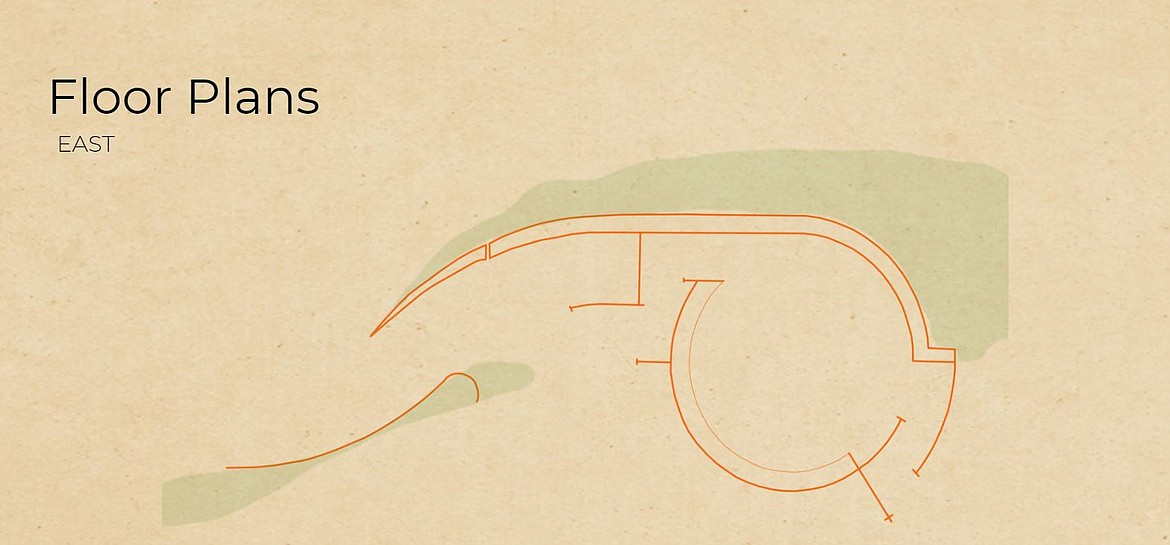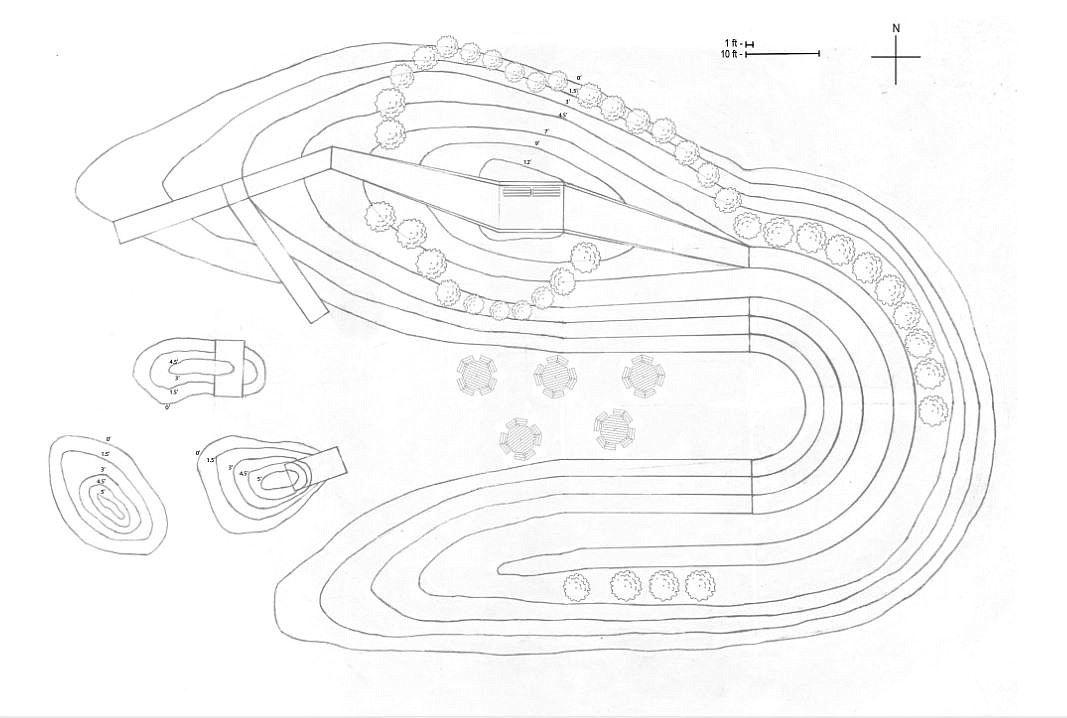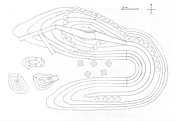Design students, KLT partner for permanent outdoor learning structures
SANDPOINT — Students and teachers at Farmin-Stidwell and Washington elementaries may each have their own on-site outdoor learning facilities as early as this year thanks to a partnership between the Lake Pend Oreille School District, Kaniksu Land Trust, and design students at Colorado College and the University of Idaho.
The focus on outdoor learning first took hold because of the pandemic and a focus on safety and social distancing, said University of Idaho professor and Bonner County resident Liz Wargo.
KLT partnered with Washington Elementary last year to begin weekly educational trips for some students to Pine Street Woods, which the Bee reported on in November, and tents set up in October for outdoor learning at Farmin-Stidwell and Washington.
Some of that outdoor learning was put on hold over the winter. Now, though, the schools are looking toward permanent spaces that could be used in the winter and allow teachers more educational opportunities long after pandemic safety protocols are necessary.
“We need something that lasts through all of our seasons,” said KLT Executive Director Katie Cox. “We need to make sure that we can get kids outside, not just in the fall, not just in the spring, but from September all the way through June.”
The plans for those structures began in the summer of last year after Rachel Paupeck, a professor for the Integrative Design and Architecture program at Colorado College, visited the area. After meeting with KLT members, she suggested having her students design spaces for outdoor learning as a class project, Cox said.
Since last fall, students in a design class at Colorado College have been working on structure designs for outdoor learning spaces with feedback from staff and students at the elementaries.
Zac Stevens, a visiting professor at Colorado College who switches off teaching with Paupeck, said the feedback, particularly from administrative staff, pushed his students to consider how they could make the most of the environment and also provide a resource to the community at large.
“They really charged my students with, ‘OK, we have classrooms indoors, and they are not necessarily the best nor sufficient at what they do … so we would ask you to think about what is the distinction between outdoor and indoor classroom besides literalist stuff like no ceiling or walls. How can the student benefit from learning outdoors?’” he said. “Pushing to challenge that notion of pedagogy.”
Students included elements in their design to work with the natural landscape, accounting for things like wind patterns and sunlight. They also worked recycled materials into designs when appropriate, and added components to enhance physical and mental health such as tunnels and tinted plexiglass to add color on gray days.
Although the design students couldn’t visit in-person because of the pandemic, Cox said, she was impressed by their understanding of the local environment and the town. They accounted for things such as providing shelter from the north wind, and designing spaces in such a way they could be used for a wide variety of educational experiences.
“Our first group had two different groups presenting two very different designs. So it was wonderful to see how they came about this design problem differently. And how they create both creative, very successful spaces, but with their own flavor,” Cox said.
Details of the designs, as well as determining local building requirements with the city, will be necessary before any structures can be built, Stevens said. The project also needs funding before construction can begin, which KLT hopes to get through grants and fundraising, Cox said — and if they’re lucky, help from Colorado College.
If all goes well, Stevens said, he hopes it may be possible to start building something this summer, and potentially have some of the design students come to Sandpoint in person.
States like Idaho often have fewer technological resources and broadband access. The focus on outdoor education provides a unique chance to make the local environment an asset instead of a disadvantage, Wargo said, as outdoor learning can have benefits to students in academic and non-academic areas.
In academics, she said, students often learn better when they’re able to apply abstract concepts to lived experiences, Wargo said. In mathematics, for example, a student might be able to apply concepts they learn to a game of soccer.
“How hard are they going to kick the soccer ball? And where is their buddy down the field?” she said. “Kids are applying what they learn through their bodies when they're outside moving with their friends.”
The other benefit for students and teachers is the stress-relieving effect of spending time outdoors, Wargo said. Anecdotally, teachers at Washington Elementary reported fewer behavioral problems on days when students went on trips to Pine Street Woods this fall, she said.
“We did some quick tests and saw that … discipline and stuff like that was down, and attendance was up on the days that [students were ] engaging with KLT staff,” she said.
For KLT, helping local schools build outdoor learning spaces fits perfectly with the organization’s mission, Cox said.
“It's [about] how to get people outside how to connect people to nature, how to give them rich experiences in nature,” she said. “[With students], we know that if we can get them outside, learning outside, doing any type of activity outside, even if it's just reading a book, that experience is richer for them and that the learning outcomes are higher.”
Much of the focus in education in the past year has been related to technology. But a learning opportunity many states and federal programs miss, Wargo said, is taking advantage of what rural communities naturally have to offer.
There are many benefits to educational technology that has been pioneered, she added, but broadband access, and with it technology, aren’t always feasible for Idaho students.
“This project is really about taking the opportunity that COVID-19 gave us to just rethink the learning environment in general,” Wargo said.









